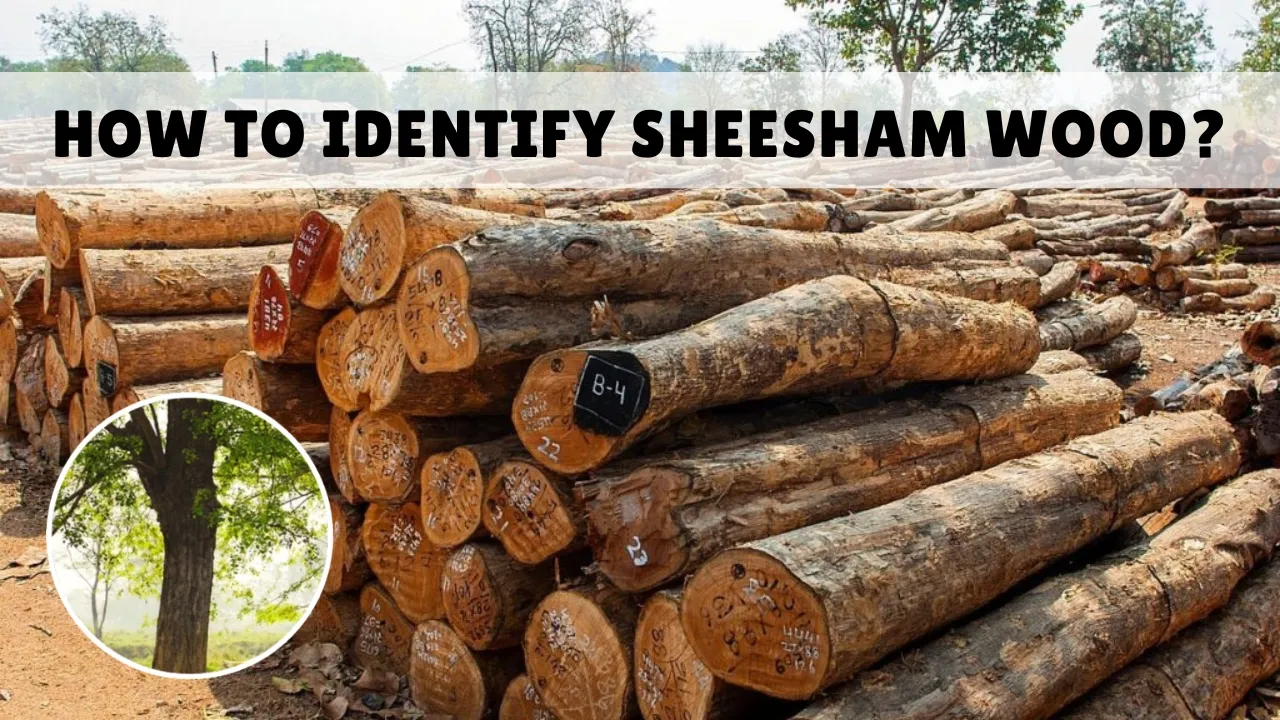What is Sheesham Wood?
Before we dive into learning how to identify Sheesham wood, let’s quickly see what it is. Sheesham wood, also called Indian Rosewood or Dalbergia Sissoo, comes from trees found mainly in India and the foothills of the Himalayas. Known for its durability and strength, good looks, and solid build, the wood is a favourite for making furniture, cabinets, and eye-catching home decorative articles.
Why Learn, How to Identify Sheesham Wood?
Knowing how to identify Sheesham wood matters for a few key reasons:
- Avoiding imitations: Sellers sometimes pass off cheaper woods as Sheesham so they can charge more.
- Ensuring quality: Real Sheesham resists termites, durable against wear and tear, and shows off a stunning grain.
- Making informed purchases: Once you can recognize the wood, you invest in pieces that could last for generations.
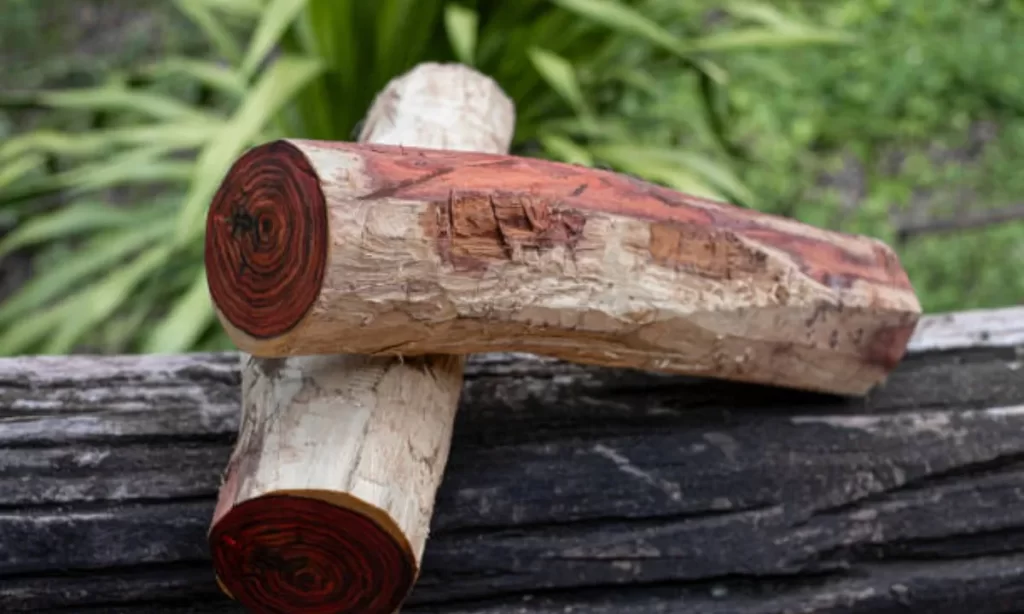
Key Characteristics: How to Identify Sheesham Wood
1. Color and Hue
The first thing to look at when you try to identify Sheesham is its colour:
- Range: The wood can swing from golden brown to deep reddish-brown, often mixed with chestnut or dark streaks.
- Mature vs. Young: Less-mature Sheesham shows bright reddish veins, while older boards can take on a silvery grey tint.
- Natural Variation: Every plank is one-of-a-kind; no two pieces will ever have the same blend of shades and lines.
2. Grain Pattern
The best way to spot Sheesham wood is to really look at its grain:
- Irregular and Interlocked: The lines swirl and twist, making the surface feel almost alive.
- Natural Markings: Dark streaks, tiny knots, and small fissures pop up here and there. They arent faults; they prove the wood is real.
- Coarse Texture: Overall, Sheesham has a medium-coarse feel and a quiet sheen that catches the light.
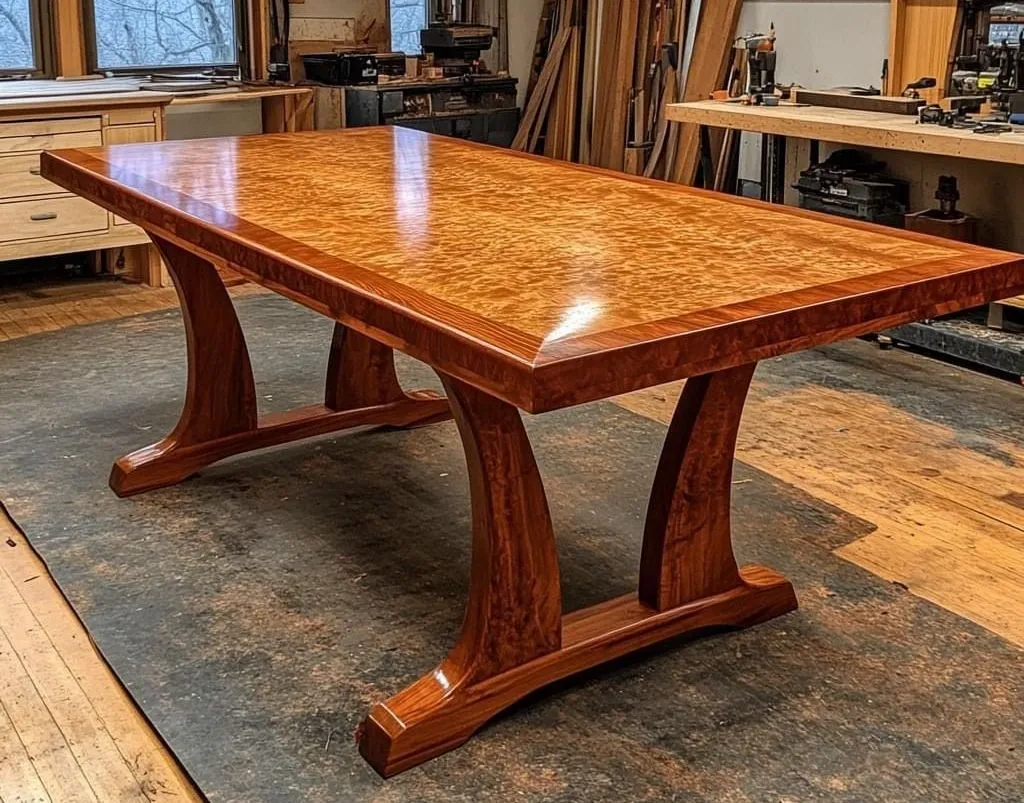
3. Weight and Density
Another simple test for Sheesham is to lift what you own:
- Heavy and Dense: This hardwood is much heavier and packs a punch. A Sheesham table or chair takes genuine muscle to pick up, much more than softwood look-alikes.
- Solid Feel: Grab a piece. If it feels hollow or wobbly, odds are you dont have true Sheesham.
4. Scent
Trust your nose in this tricky game, as the smell is hard to fake:
- Distinct Earthy Aroma: Authentic Sheesham wood has a sweet, earthy scent that is hard to replicate.
- No Chemical Smell: If the wood smells like plastic, glue or any chemical-base whiff, it is probably not real Sheesham.
5. Appearance of Imperfections
Finally, welcome a few bumps along the road. Imperfections tell you more than perfect surfaces ever do:
- Knots and Cracks: Rather than being a downside, these quirks lend personality and are classic signs of genuine Sheesham.
- Unique Patterns: Each Sheesham item shows its own unique grain, so a piece with perfectly flawless, repeatable lines is probably fake.
6. Origin and Labeling
- Made in India: Because Sheesham mostly grows in India, a Made in India sticker is a helpful, though not fool-proof, sign.
- Ask for Certification: Trustworthy sellers are willing to show papers that trace the wood back to its source.
7. Price Point
A simple way to spot real Sheesham is to look at the price:
- Higher Cost: Genuine pieces usually cost more and are expensive due to its quality and durability.
- Suspiciously Low Prices: If the tag feels cheaper than expected, you are probably dealing with a imitations or fake sheesham wood.
Must Read,
✔️ White Ants: How to get rid of white Ants in the house?
✔️ What is Guggul: Benefits, Uses and Side effects
How to Identify Sheesham Wood: Comparison with Other Woods
To further clear things up, with how to identify Sheesham wood, here’s a comparison with another popular hardwood, Teak:
| Feature | Sheesham Wood | Teak Wood |
|---|---|---|
| Color | Golden to deep reddish-brown | Golden-brown |
| Grain | Irregular, interlocked, visible patterns | Fine, even, straight |
| Weight | Dense, heavy | Dense, heavy |
| Scent | Earthy, sweet | Oily, leathery |
| Resistance | Good against termites, moderate weather | Excellent against pests and weather |
| Price | Moderate to high | High |
This table helps clarify how to identify Sheesham wood when compared to Teak or other woods.
How to Identify Sheesham Wood in Furniture
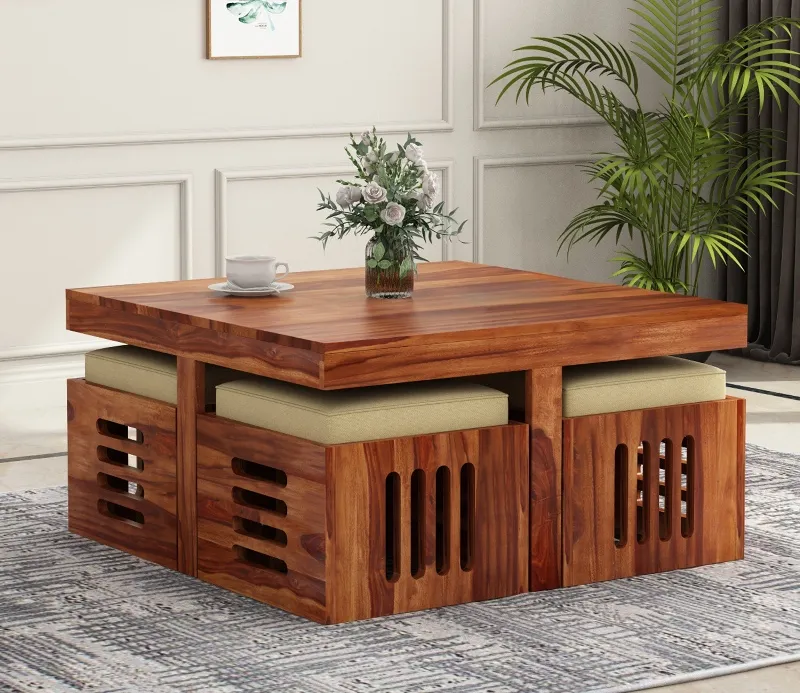
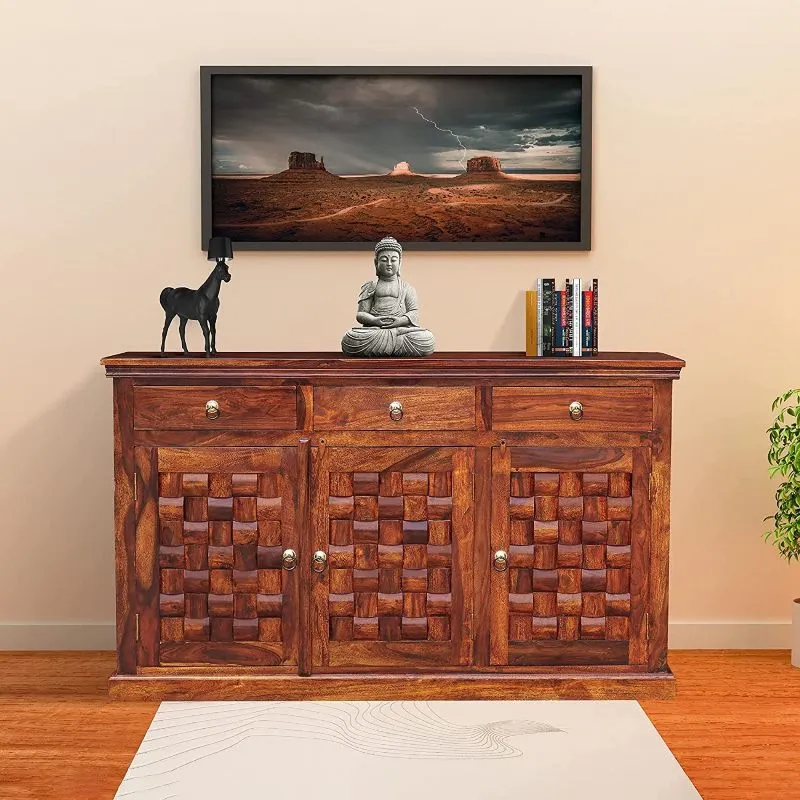
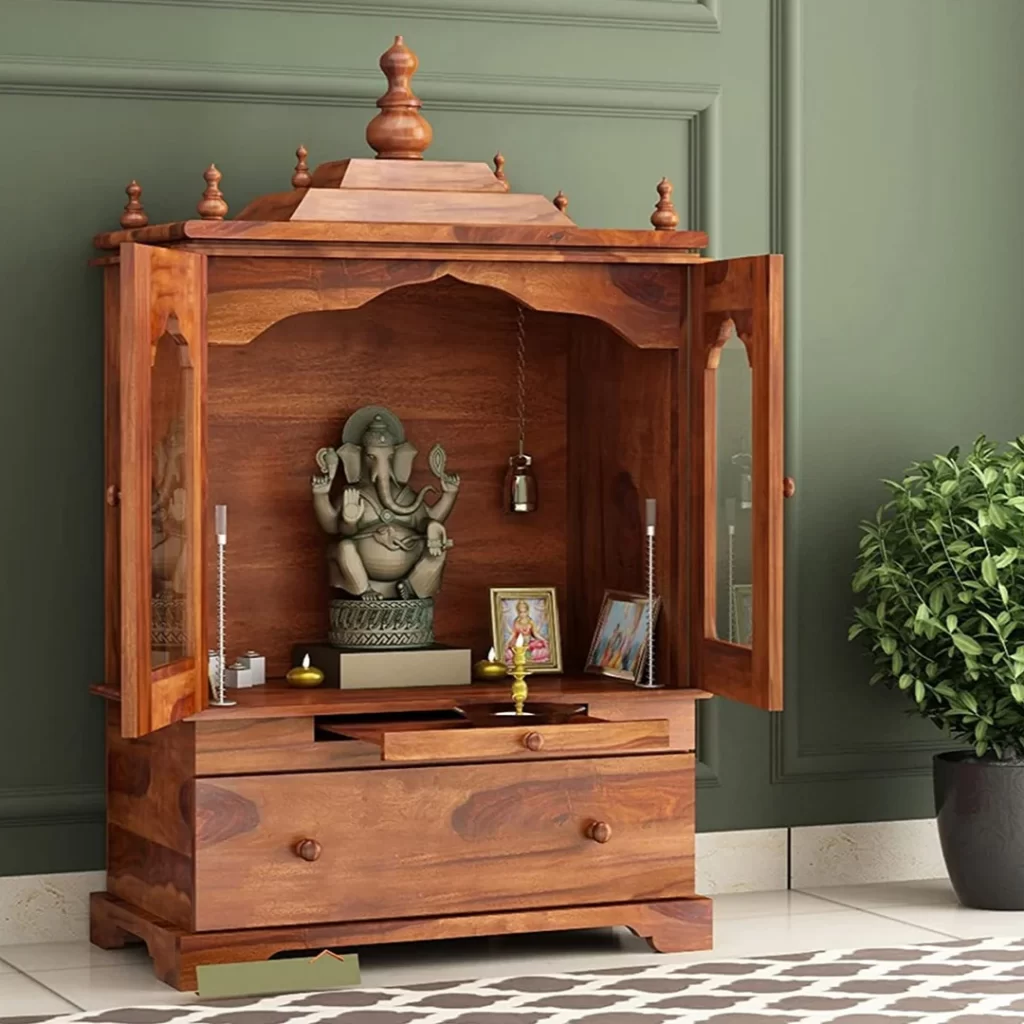
When looking at furniture, here’s a simplified sequence of how to identify Sheesham wood:
- Visual Inspection: Color variations as well as the grain patterns are distinguishing features of Sheesham.
- Touch and Feel: Run your hand along the surface. It is solid to the touch and somewhat coarse, typical of Sheesham wood.
- Lift the Item: Sheesham furniture tends to be quite weighty, a good indicator of authenticity.
- Check for Knots and Imperfections: These flaws, which are natural, are definitely good signs.
- Smell the Wood: A wood that has a sweet and earthy smell is a strong indicator.
- Ask About Origin: Look out for labels stating “Made in India” and inquire about its source.
- Compare Prices: Exercise caution when dealing with prices pegged well below average.
Buying Sheesham Wood: Tips for Buyers
- Buy from Reputable Sellers: In all likelihood, verified dealers will have genuine Sheesham wood.
- Request Documentation: Ask for proof of authenticity or origin.
- Maintenance Checks: Genuine Sheesham needs routine polishing, and should be protected from extreme heat and sunlight.
- Termite Resistance: Although Sheesham performs well against dry-wood termites, evidence of beetle infestation should be examined.
Common Misconceptions Regarding Identifying Sheesham Wood
- Myth: All reddish-brown wood is Sheesham.
- Fact: Many types of wood are stained to imitate Sheesham wood. Checking the grain, weight, and scent will reveal fakes.
- Myth: Smooth flawless surfaces always signify exquisite craftsmanship.
- Fact: Real Sheesham wood contains imperfections as well as distinct grain patterns.
Must Read,
✔️ Machmani Stone: Benefits and Side Effects
✔️ Best Wall Creeper Plants for Indoors and Outdoor Walls
Conclusion: Why Knowing How to Identify Sheesham Wood Matters
Mastering how to identify Sheesham wood enhances your purchasing decisions and protects you from expensive damages while beautifully furnishing your home with authentic Sheesham furniture. Emphasizing the color, grain, weight, scent, and natural blemishes will allow you to identify genuine Sheesham wood anywhere.
Keep these core steps in mind if you wish to know how to identify Sheesham wood:
- Observe the unique color and grain.
- Feel the density and weight.
- Smell for the earthy aroma.
- Look for natural imperfections.
- Confirm the source and price.
Using these techniques will help you avoid being deceived by fakes, assuring that your investment in Sheesham wood adds enduring worth and timeless elegance to your house.


